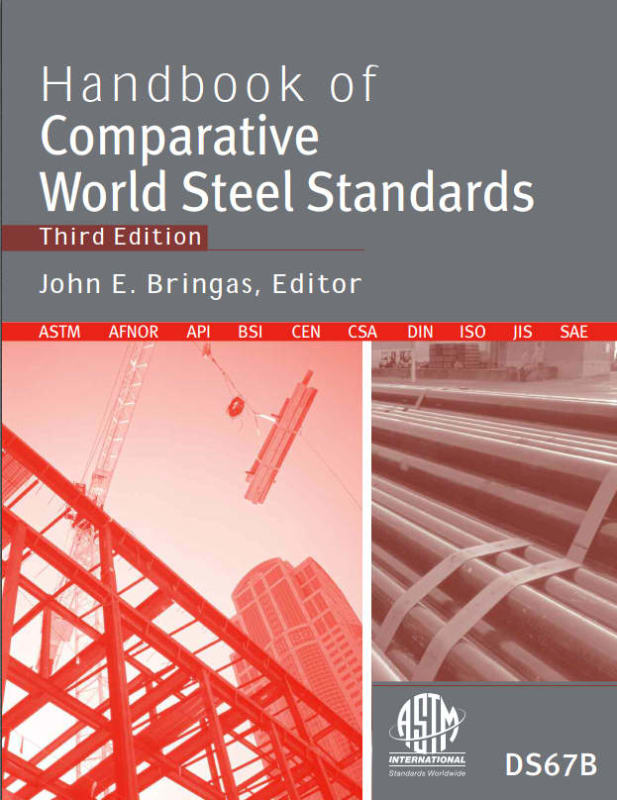Looking for equivalent US grade steel for AS/NZS 3679.1-300
What are some references for looking from other international specs.
Currently searching from through online search engines such as,
(Latter is for steel tube, no not applicable)
What are some references for looking from other international specs.
Currently searching from through online search engines such as,
(Latter is for steel tube, no not applicable)

